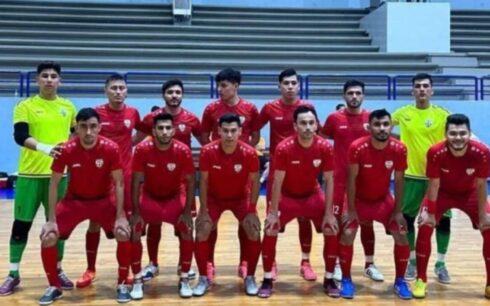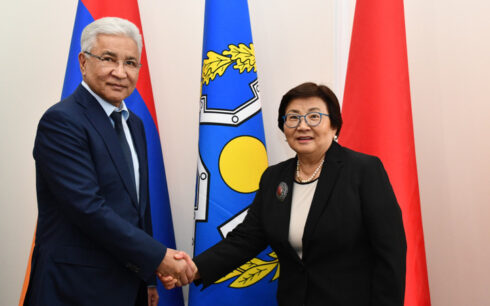Another EU Humanitarian Air Bridge flight arrived in Kabul on Wednesday to deliver nearly 100 tonnes of life-saving medical supplies and equipment to Afghanistan.
Raffaella Iodice, EU Chargée d’Affaires to Afghanistan said in a statement: “This is solidarity in action: Today, we welcomed the arrival of nearly 100 tonnes of medical items and medicines to Afghanistan. Our EU Humanitarian Air Bridge flights are a very good example of the EU’s assistance to the country: In cooperation with trusted humanitarian partners, the EU continues to deliver vital aid to Afghans in need.”
This is the 29th cargo flight from the EU that has arrived in Kabul since August 2021.
The statement, issued by the Delegation of the European Union to Afghanistan said EU humanitarian partners will make use of the shipment to support Afghanistan nationals in need of medical treatment.
The arrival of the cargo flight comes just a day after the EU announced it has allocated more than $6 million to the Dutch Committee for Afghanistan’s (DCA) livestock program in support of vulnerable local populations in the country.
The program helps 350,000 vulnerable community households across 16 provinces to improve animal health of their livestock and increasing dietary diversity. This will improve food security, strengthen community resilience and support rural communities in transitioning from aid dependency towards self-sufficiency.
“I am very glad to see how our European funding to rural communities can make a real difference on the ground. Jointly with the Dutch Committee for Afghanistan, we ensure that 350,000 households will be more food secure and less dependent on international aid assistance”, said Iodice on Tuesday.
Animal feed shortages and poor animal health, compounded by an economic crisis, often leave rural farming communities no other choice than selling their livestock below the market price. The EU-funded program supports private sector actors, pastoralist households, rural youth, elderly, disabled, displaced, returnees, and women.





